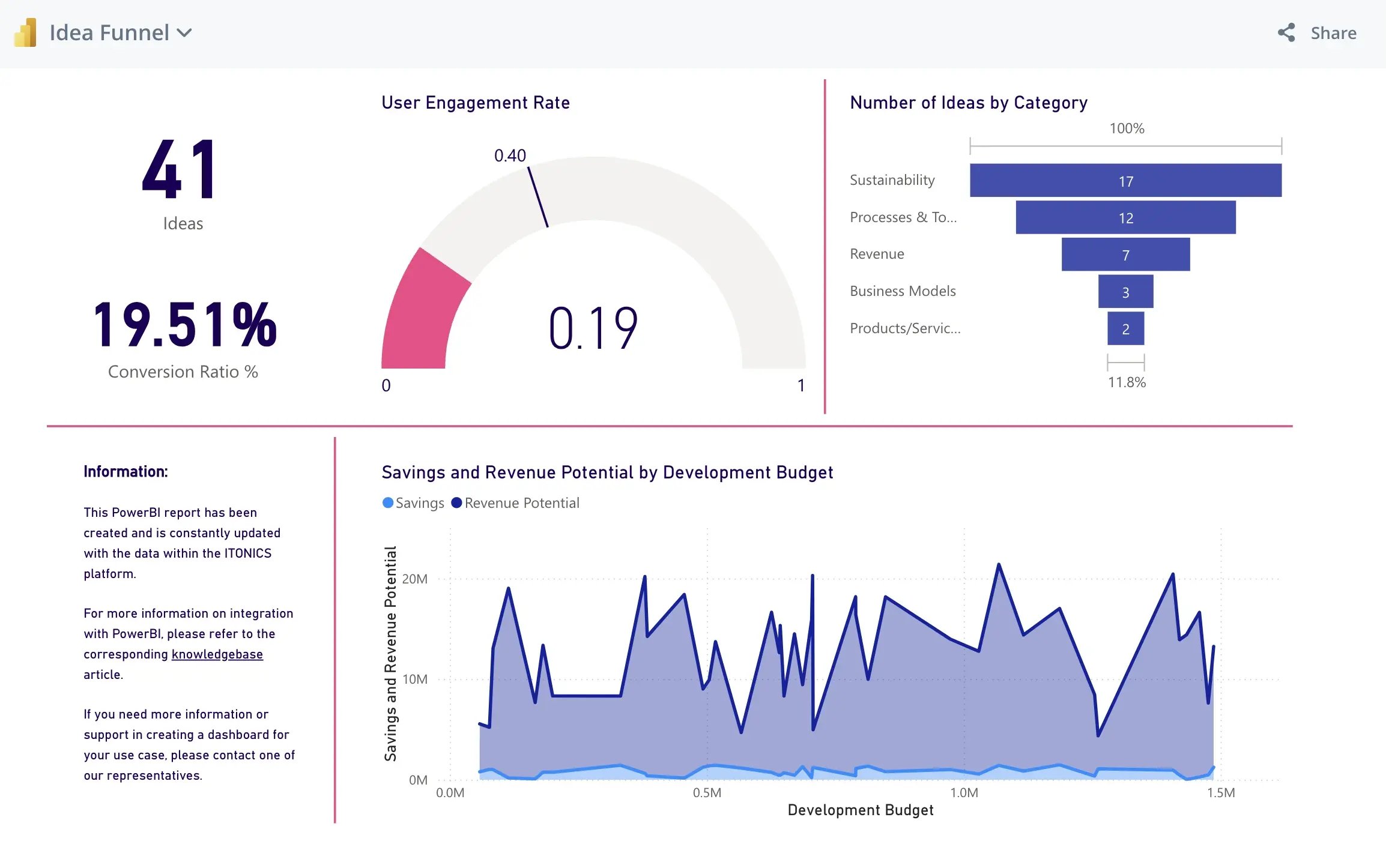The year was 1993. Apple, already known for its groundbreaking innovations, launched what it believed to be the future of personal computing—the Apple Newton MessagePad. This personal digital assistant (PDA) was ahead of its time, featuring handwriting recognition, a touchscreen interface, and a sleek design. It promised to revolutionize how people took notes, organized their schedules, and interacted with technology. But within a few years, the Newton was discontinued, becoming one of Apple’s most infamous failures.
The problem wasn’t a lack of vision. The Newton was an ambitious idea, but it suffered from poor prioritization, misaligned strategy, and inefficient resource allocation. Apple poured enormous resources into developing its handwriting recognition software, only for it to receive widespread criticism for inaccuracy. Meanwhile, its high price point—equivalent to nearly $2,000 today—made it inaccessible to mainstream consumers. Apple had bet big on an idea that wasn’t fully validated, and ultimately, it couldn’t justify continued investment in a product that wasn’t delivering results.
The Apple Newton serves as a cautionary tale: even great ideas can fail if they aren’t managed properly. Without a structured approach to evaluating, prioritizing, and managing innovations, businesses risk wasting resources, pursuing ideas misaligned with market needs, and losing sight of what truly drives success.
In this blog, we’ll explore why so many promising innovations fail—and how structured idea portfolio management can help businesses turn potential into measurable success.
The biggest reasons why great ideas fail
Innovation is full of promising ideas—some with the potential to disrupt entire industries. Yet, history is filled with game-changing concepts that never reached their full potential. Why? The issue usually isn’t a lack of creativity—it’s poor execution, misaligned strategy, and ineffective innovation management.
Consider this scenario: A company develops an exciting new product concept. The leadership team is convinced it could be a breakthrough. However, as development progresses, the company starts juggling too many competing priorities. Some stakeholders want the product to target one market, while others push for a different direction. Funding is spread thin across multiple projects, and the innovation team struggles to get the resources they need. In the end, the idea either never makes it to market, launches too soon with unresolved issues, or fails to gain traction.
This isn’t an isolated case. Research shows that:
- Up to 95% of new products fail, often because they aren’t aligned with real customer needs.
- 42% of startups fail due to misreading market demand.
- 67% of well-formulated business strategies fail due to poor execution.
As Harvard Business Review puts it, “Innovation requires more than just coming up with ideas. Ideation may be the easiest part of the process.”
Innovation requires more than just coming up with ideas. Ideation may be the easiest part of the process.
Most companies don’t suffer from a lack of ideas—they suffer from a lack of structured decision-making. They fail to prioritize the right opportunities, allocate resources effectively, and validate ideas before scaling them.
So how can companies avoid these pitfalls? The answer lies in idea portfolio management—a methodical way to evaluate, prioritize, and scale innovation in a way that maximizes impact.
How idea portfolio management drives innovation success
Understanding why great ideas fail is only half the equation. The real challenge is ensuring that promising innovations don’t fall through the cracks. This is where idea portfolio management (IPM) becomes essential—helping organizations evaluate, prioritize, and balance their innovation efforts for maximum impact.
A well-managed innovation portfolio doesn’t just prevent failure; it creates a structured pathway for ideas to succeed. Here’s how effective portfolio management addresses the biggest challenges in innovation:
Ensuring strategic alignment
Without a clear connection to business objectives, even groundbreaking ideas can struggle to gain traction. Idea portfolio management ensures that every innovation supports the company’s vision, market positioning, and long-term goals. This approach prevents wasted resources on ideas that don’t contribute to overall growth.
Optimizing resource allocation
Companies often invest heavily in ideas that seem promising but lack real potential—while game-changing innovations go underfunded. With a structured portfolio, resources are allocated based on feasibility, impact, and market readiness. This prevents innovation bottlenecks and ensures high-priority ideas receive the support they need.

Prioritizing the right opportunities
Too many competing ideas can overwhelm decision-makers, causing delays and inefficiencies. Implementing a structured phase-gate process with well-defined evaluation criteria—such as customer benefit, imitability, complexity, and internal know-how—enables companies to systematically assess which innovations should advance, be put on hold, or be abandoned.
Supporting iteration and validation
A major reason why innovations fail is a lack of real-world testing before launch. Idea portfolio management integrates structured testing, feedback loops, and iterative development to refine ideas before they receive major investment. This approach reduces risk and increases the likelihood of market adoption.
Balancing disruptive and incremental innovation
Some companies focus too much on radical breakthroughs, while others play it too safe. The best innovation portfolios maintain a healthy mix of incremental improvements, adjacent innovations, and disruptive bets. This balance ensures sustainable innovation while keeping the company competitive in both the short and long term.
Three Horizon Model: Balance your idea portfolio using principles from McKinsey's Three Horizon Model, which helps companies balance short-term improvements, adjacent opportunities, and long-term disruptive innovation. This model not only prevents an overemphasis on short-term gains at the expense of future growth, but also ensures resources are allocated strategically across different types of innovation.
To learn more about streamlining your idea portfolio, take our free ITONICS Academy course on Portfolio Management Essentials.
5 best practices for idea portfolio management
Innovation isn’t just about generating great ideas—it’s about managing them effectively. Without a structured approach, companies risk wasting resources, missing market opportunities, and failing to scale promising innovations. Below are the best practices that ensure an innovation portfolio delivers real impact.
1. Define clear evaluation criteria for new ideas
Not every idea deserves immediate investment. Companies need clear, standardized criteria to determine which ideas align with strategic goals, are feasible, and have strong market potential.
✅ How to apply this:
- Use a mix of internal- and market-relevant criteria like customer benefit, imitability, complexity, and internal know-how to evaluate ideas.
- Establish a phase-gate process, where ideas must meet defined benchmarks before advancing.
- Consider market validation before committing resources.

2. Balance incremental and disruptive innovation
A healthy innovation portfolio needs both low-risk, incremental improvements and high-risk, disruptive innovations. Over-focusing on either can leave a company vulnerable—either to stagnation or to excessive risk.
✅ How to apply this:
- Find balance that works for your portfolio—traditionally, 70% incremental, 20% adjacent, and 10% disruptive breakthroughs, but this can differ based on your industry.
- Ensure leadership teams fund a mix of short-term wins and long-term bets.
- Continuously assess whether a disruptive idea is worth the risk or if it should be refined further.
3. Regularly review and optimize the portfolio
What worked six months ago might no longer be relevant today. Successful innovation isn’t just about pursuing great ideas—it’s about knowing which ones to walk away from. As Steve Jobs famously said,
People think focus means saying yes to the thing you've got to focus on. But that's not what it means at all. It means saying no to the hundred other good ideas that there are. You have to pick carefully. I'm actually as proud of the things we haven't done as the things I have done. Innovation is saying no to 1,000 things.
A dynamic portfolio approach ensures that companies don’t waste resources on ideas that are no longer viable, freeing up capacity for those with real impact.
✅ How to apply this:
- Conduct quarterly portfolio reviews to assess project performance.
- Set clear kill criteria—projects that aren’t progressing should be pivoted or cut to free up resources.
- Use data analytics and market insights to reassess priorities in real

Data-driven portfolio decisions: Extract key insights from your innovation portfolio by integrating ITONICS with business intelligence tools like Power BI and Tableau. Use the ITONICS API to pull real-time data, analyze portfolio health, and track financial metrics. With the Embed feature, seamlessly insert reports directly into the ITONICS Innovation OS, ensuring stakeholders have instant access to the latest innovation insights—all in one place.
4. Foster cross-functional collaboration to improve decision-making
Innovation isn’t just an R&D function—finance, marketing, operations, and leadership all play a role in shaping the success of new ideas. Siloed decision-making leads to missed opportunities and inefficiencies.
✅ How to apply this:
- Involve cross-functional teams in idea evaluation and prioritization.
- Set up dedicated innovation councils that include representatives from different departments.
- Encourage an open feedback culture, where teams can contribute insights on market fit, feasibility, and scalability.
5. Leverage innovation management tools to scale effectively
Managing an innovation portfolio manually is inefficient and prone to bias. Today’s most innovative companies use centralized platforms to track ideas, streamline decision-making, and monitor progress.
✅ How to apply this:
- Use innovation management software to centralize ideas, track evaluation criteria, and ensure transparency.
- Automate workflow processes for idea approval, funding allocation, and performance tracking.
- Ensure teams have real-time visibility into the innovation pipeline to avoid duplication and misalignment.
Turning great ideas into market success
The difference between a breakthrough innovation and a failed concept often comes down to how well it is managed. Companies that take a structured, data-driven approach to evaluating and prioritizing ideas can maximize innovation ROI, reduce risk, and drive long-term growth. With the right systems in place, businesses can avoid costly missteps and build a sustainable pipeline of impactful ideas. The ITONICS Innovation OS provides the structure, tools, and insights needed to streamline idea portfolio management, ensuring that the right ideas move forward at the right time.











